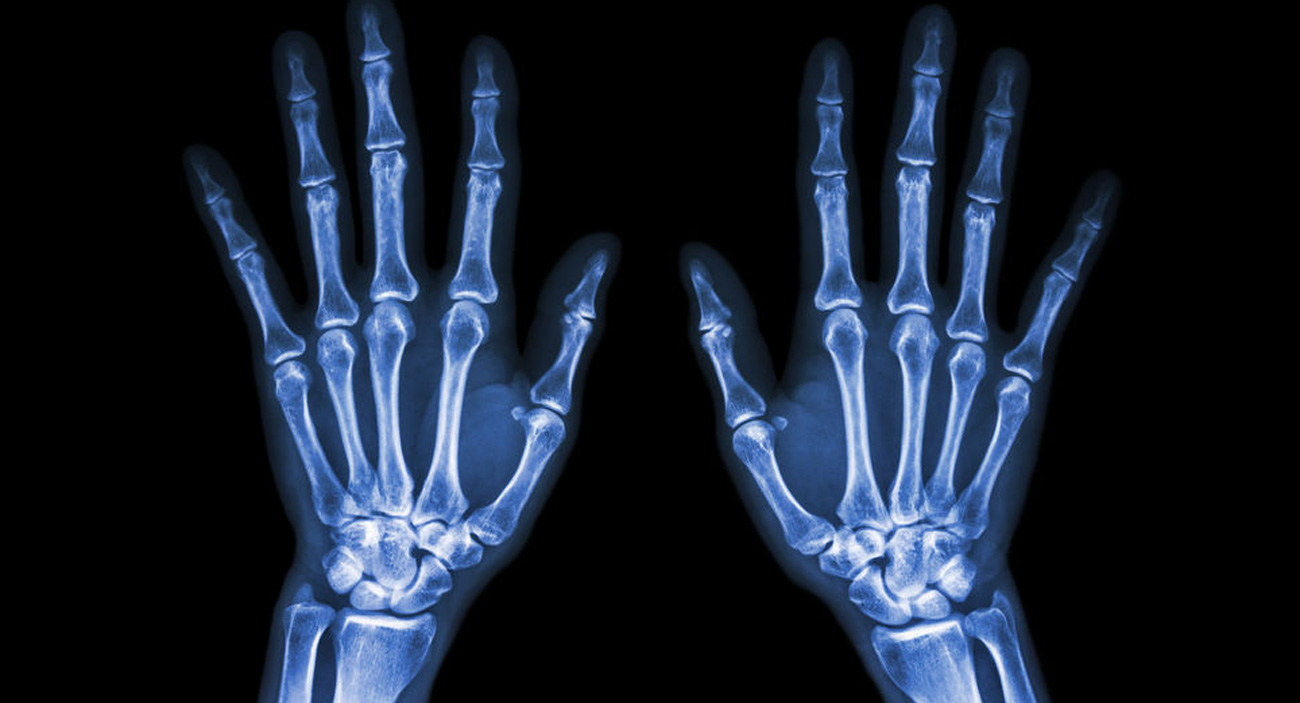Hand & Upper Extremity
Trigger Finger
Trigger Finger, also known as stenosing tenosynovitis, occurs when a tendon in the affected finger becomes inflamed.
Trigger Finger can cause stiffness, popping, clicking, pain, or catching in the finger. Treatment includes splinting, activity modification, steroid injection, or surgery if symptoms continue.
Carpal Tunnel Syndrome (CTS)
Carpal Tunnel Syndrome (CTS) is a common condition that causes pain, numbness, & tingling in the hand or arm.
Patients with Carpal Tunnel Syndrome often notice numbness or feel as if their fingers “fall asleep” at night & will often try to shake out their hands to “awaken” them. This is caused by compression or pinching of the median nerve at the wrist as it travels through the carpal tunnel. As CTS progresses, patients may notice decreased strength, dropping things, cramping, & loss of muscle bulk in the hand. Physical examination & an electromyography – nerve conduction study (EMG-NCS) performed in the office can diagnose CTS & rule out other possible causes. Treatment includes activity modification, bracing, medications, & surgery if symptoms continue. The goal is to relieve symptoms & avoid irreversible nerve damage.
DeQuervain’s Tendonitis and Tendinosis
DeQuervain’s Tendonitis or Tendinosis causes pain or swelling at the base of the thumb near the wrist.
Cubital Tunnel Syndrome
Cubital Tunnel Syndrome, or ulnar neuropathy at the elbow, occurs when the ulnar nerve is pinched or stretched at the elbow, specifically at the “funny bone”.
Cubital Tunnel Syndrome can present as pain, numbness, tingling, and or muscle weakness in the hand or arm. The numbness & tingling is most noticeable in the ring & little finger, but can involve other fingers as well. Cubital tunnel syndrome can be diagnosed by physical examination & electromyography-nerve conduction study (EMG-NCS) performed in the office. Treatment includes activity modification, bracing, medications, or surgery to decompress the ulnar nerve across the elbow to avoid further nerve compression or nerve damage.
Tennis Elbow
Tennis Elbow, or lateral epicondylitis, is a common cause of elbow pain. Pain is at the outer aspect of the elbow & worsened with wrist motion, grasping, or repetitive activity.
Tennis Elbow is caused by small tears that form in the tendons that attach the forearm muscles to the lateral epicondyle, or bony prominence at the outer aspect of the elbow. This can be seen in carpenters, painters, hair dressers, plumbers, etc, not only in tennis players. Diagnosis is usually made by history & physical examination, but x-rays may be needed to rule out other causes of elbow problems. Treatment includes activity modification, anti-inflammatory meds, corticosteroid injections, bracing, physical therapy, & possibly surgery in severe cases.
Golfer’s Elbow
Golfer’s elbow, or medial epicondylitis, causes pain at the inner aspect of the elbow.
Golfer’s elbow is due to repetitive stress or use or the wrist or clenching of the fingers, such as in golfers, bowlers, baseball players, plumbers, or mechanics. Examination reveals point tenderness at the bony prominence at the inner aspect of the elbow. X-rays may be needed to exclude other causes of elbow pain. Treatment includes activity modification, anti-inflammatory medications, corticosteroid injection, physical therapy, & possibly surgery in severe cases.
Ready to Talk?
Contact Us


